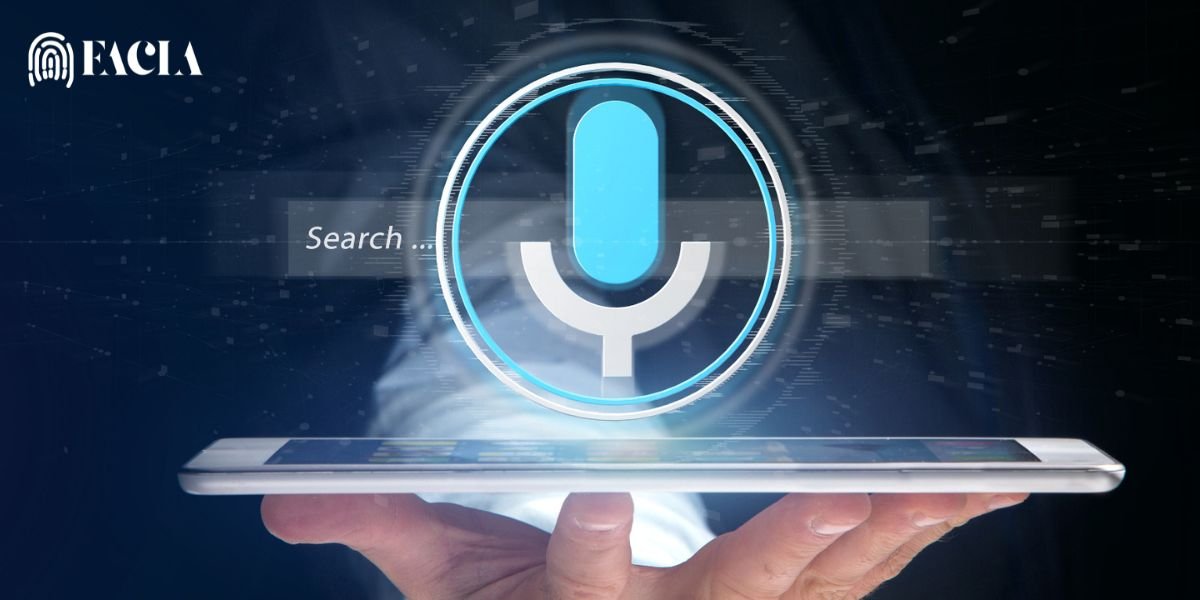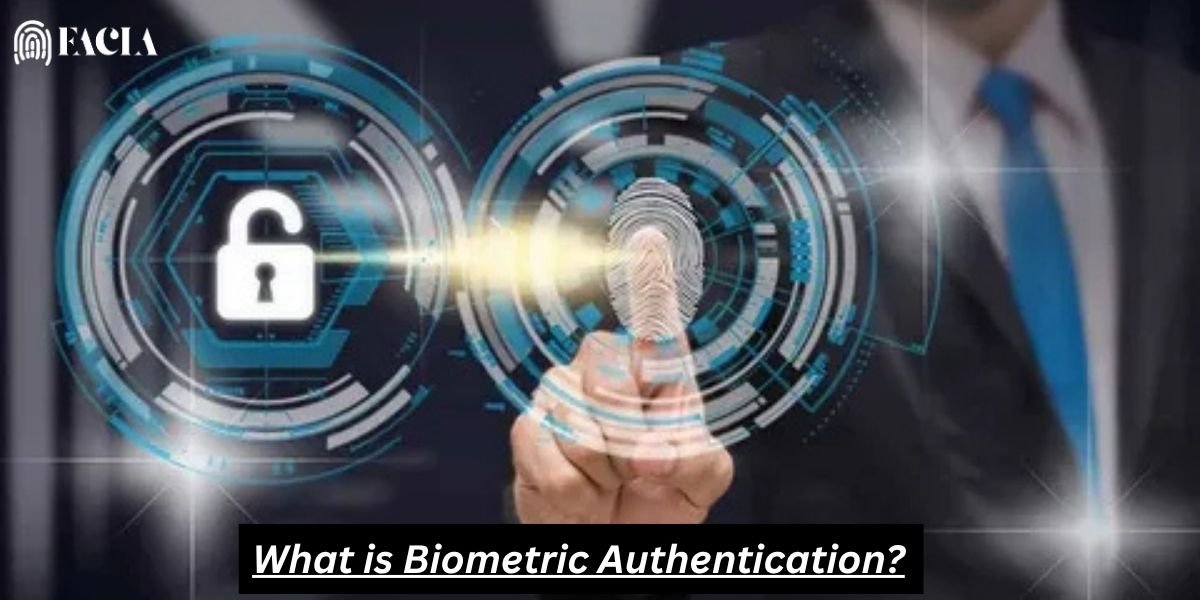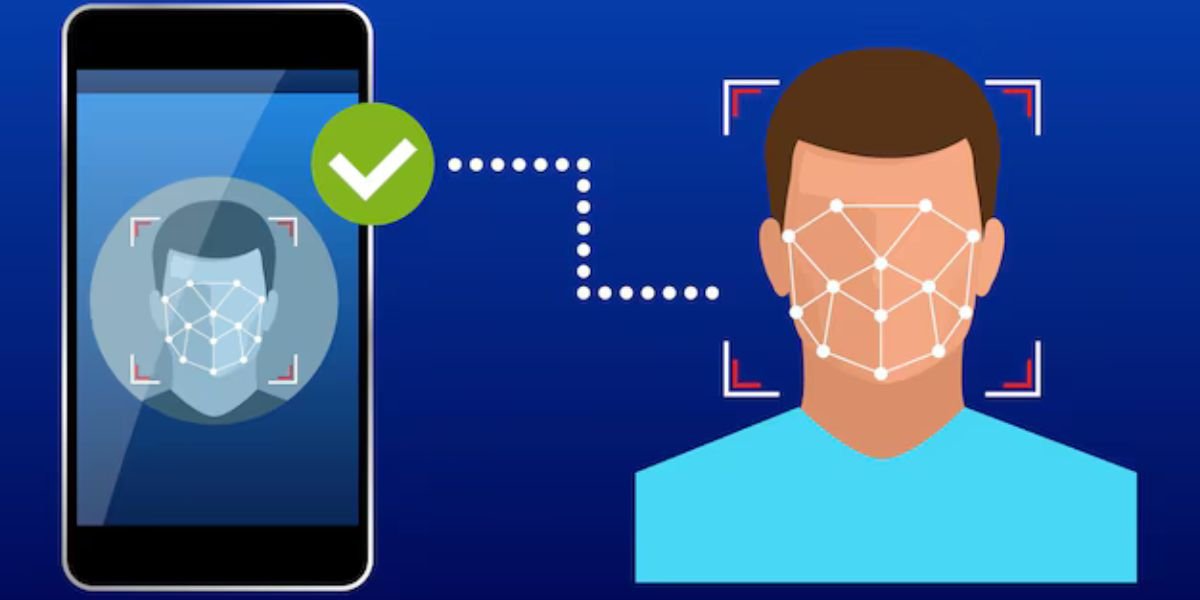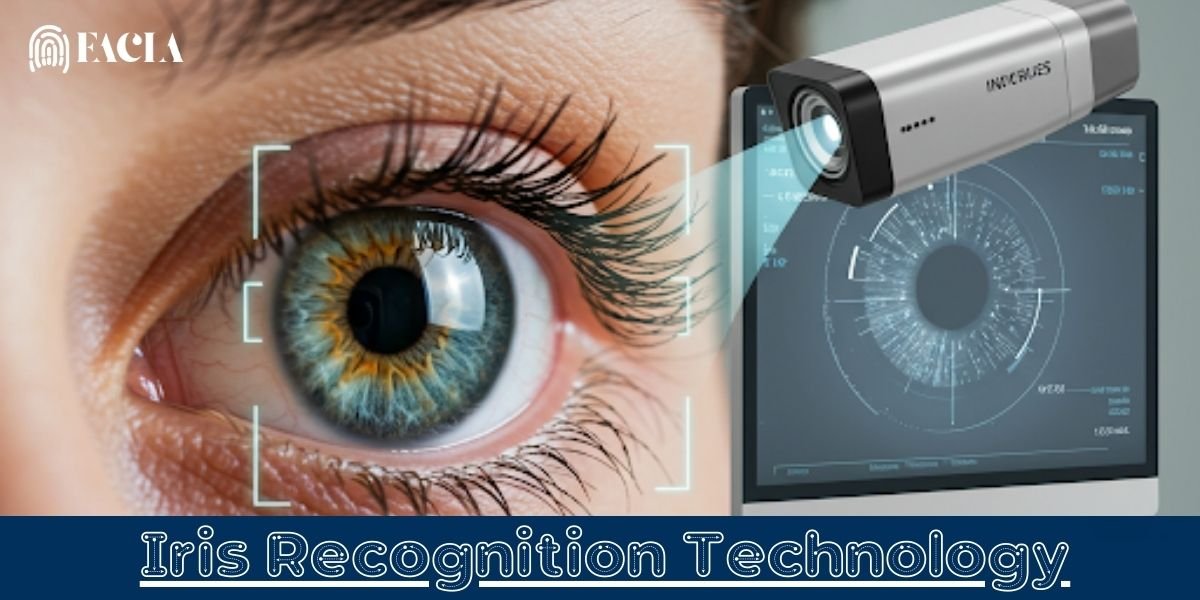Voice recognition software is a technology that allows computers and other devices to understand and interpret human speech. It works by converting spoken words into digital signals, which are then analyzed and compared against a database of known words and patterns. The software then identifies the most likely match for the spoken words and translates them into text or commands.
Here’s a breakdown of how it works:
- Sound Capture: The process starts with a microphone capturing the sound waves of your voice.
- Audio Processing: The software then processes the audio, filtering out noise and isolating the spoken words.
- Feature Extraction: It breaks down the speech into smaller units, like phonemes (the smallest units of sound in a language), and analyzes their acoustic properties.
- Pattern Matching: The software compares these acoustic properties to a vast database of known words and speech patterns.
- Text or Command Output: Finally, it identifies the most likely match and converts the spoken words into text or executes a command based on the recognized speech.
Key Components of Voice Recognition Software:
- Acoustic Model: This is a statistical representation of the sounds in a language, used to recognize phonemes and words.
- Language Model: This helps the software understand the context of the spoken words and predict the most likely sequence of words.
- Lexicon: A dictionary of words and their pronunciations, used to match spoken words to their written form.
Types of Voice Recognition Software:
- Dictation Software: Converts spoken words into text, commonly used for writing documents or emails. (e.g., Dragon NaturallySpeaking)
- Voice Assistants: Respond to voice commands and perform tasks, like setting reminders or playing music. (e.g., Siri, Alexa, Google Assistant)
- Voice Search: Allows you to search for information online using your voice.
- Voice Control Software: Enables you to control devices or applications using voice commands.
Applications of Voice Recognition Software:
- Smartphones and Tablets: Dictation, voice assistants, voice search
- Computers: Dictation, voice control, accessibility features
- Smart Home Devices: Voice control of lights, appliances, and entertainment systems
- Automotive: Hands-free calling, navigation, entertainment control
- Healthcare: Dictation of medical records, voice-controlled devices
- Customer Service: Automated phone systems, chatbots
Benefits of Voice Recognition Software:
- Increased Efficiency: Faster than typing for many tasks
- Enhanced Accessibility: Helps people with disabilities interact with technology
- Hands-Free Interaction: Useful in situations where hands are occupied
- Improved User Experience: More natural and intuitive way to interact with devices
Challenges of Voice Recognition Software:
- Accuracy: Can be affected by background noise, accents, and pronunciation
- Privacy Concerns: Data collected by Voice Recognition systems may raise privacy issues
- Language Support: Not all languages are equally well-supported
Overall, voice recognition software is a powerful and versatile technology that is transforming the way we interact with computers and devices. As the technology continues to improve, we can expect to see even more innovative applications and benefits in the future.
Here’s a list of voice recognition software, categorized for clarity:
General Purpose Dictation & Transcription:
- Dragon NaturallySpeaking (Nuance): https://www.nuance.com/dragon.html
- Windows Speech Recognition: (Built into Windows – search in your Start Menu)
- macOS Voice Control: (Built into macOS – access via System Preferences > Accessibility)
- Google Docs Voice Typing: (Accessed within Google Docs – Tools > Voice typing)
- Otter.ai: https://otter.ai/
- Rev Voice Recorder: https://www.rev.com/voicerecorder
- Descript: https://www.descript.com/
Voice Assistants (integrate voice recognition):
- Siri (Apple): (Built into iOS devices)
- Google Assistant (Google): (Available on Android devices and Google Home devices)
- Amazon Alexa (Amazon): https://www.amazon.com/alexa-voice-service/
- Bixby (Samsung): (Built into Samsung devices)
Specialized Software:
- Braina Pro: https://www.braina.com/
- eSpeak: (Open-source – search for downloads online, often available through package managers on Linux systems)
Online/Cloud-Based Services (APIs – primarily for developers):
- AssemblyAI: https://www.assemblyai.com/
- Deepgram: https://deepgram.com/
- Amazon Transcribe: https://aws.amazon.com/transcribe/
- Google Cloud Speech-to-Text: https://cloud.google.com/speech-to-text
- Microsoft Azure Speech to Text: https://azure.microsoft.com/en-us/services/cognitive-services/speech-to-text/
Mobile Apps:
- (Many available on app stores – search for “voice notes,” “voice transcription,” etc.)
Accessibility Software:
- VoiceOver (Apple): (Built into iOS and macOS)
- NVDA (NonVisual Desktop Access): https://www.nvaccess.org/
Remember that this is still not an exhaustive list, and new software and services are constantly being developed. It’s always a good idea to search online for specific solutions if you have particular needs. Also, be sure to check reviews and compare features before purchasing or choosing a service.
Read More:





